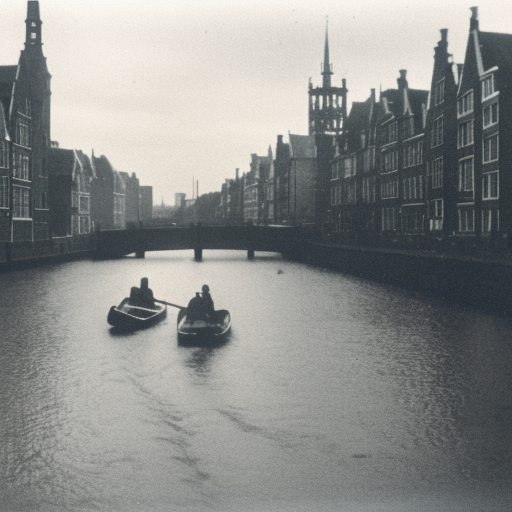Siege of Haarlem: A Desperate Struggle for Freedom
The Siege of Haarlem was a significant event during the Eighty Years’ War, which took place from 1572 to 1573. It was a desperate struggle for freedom as the city of Haarlem in the Netherlands fought against the Spanish forces led by the Duke of Alba. The siege lasted for seven months and resulted in immense suffering and loss of life for the people of Haarlem.
The Background
In the late 16th century, the Netherlands was under Spanish rule, and the Protestant population faced religious persecution by the Catholic Spanish authorities. The Dutch people, led by William of Orange, rebelled against Spanish rule, sparking the Eighty Years’ War. Haarlem, a prosperous city in the province of Holland, became a stronghold for the Dutch rebels.
The Siege Begins
In December 1572, the Spanish army, under the command of the Duke of Alba, laid siege to Haarlem. The Spanish forces outnumbered the defenders significantly, with an army of around 14,000 soldiers compared to Haarlem’s garrison of approximately 4,000 men. The siege began with a bombardment of the city, causing significant damage to its fortifications.
Resistance and Counterattacks
Despite being outnumbered and outgunned, the defenders of Haarlem put up a fierce resistance. They launched numerous counterattacks, inflicting heavy casualties on the Spanish forces. The defenders also utilized innovative tactics, such as flooding the surrounding land to impede the progress of the Spanish siege works. However, the Spanish army was relentless in its assault, gradually gaining ground and tightening the noose around the city.
Suffering and Starvation
As the siege continued, the people of Haarlem endured unimaginable suffering. The city was cut off from the outside world, and supplies quickly ran out. The inhabitants faced starvation, resorting to eating dogs, cats, and even rats to survive. Disease also ravaged the city, further weakening the defenders.
Relief Attempts
Throughout the siege, the Dutch rebels made several attempts to break the Spanish blockade and provide relief to the beleaguered city. However, these efforts were largely unsuccessful. The Spanish navy controlled the waters around Haarlem, preventing any significant aid from reaching the city. The Dutch fleet, led by Admiral Lumey, managed to briefly lift the blockade in July 1573, but the relief was short-lived.
The Fall of Haarlem
By July 1573, the situation in Haarlem had become dire. The defenders were exhausted, starving, and plagued by disease. The Spanish forces, having breached the city’s defenses, launched a final assault. The desperate defenders fought valiantly but were ultimately overwhelmed. On July 13, 1573, Haarlem fell to the Spanish, marking a devastating defeat for the Dutch rebels.
The Aftermath
The fall of Haarlem had a profound impact on the Dutch rebellion. It demonstrated the strength and determination of the Spanish forces and the challenges the Dutch rebels faced in their fight for independence. However, the siege also inspired a sense of unity and resistance among the Dutch population, fueling their determination to continue the struggle against Spanish rule.
The Siege of Haarlem was a turning point in the Eighty Years’ War, highlighting the resilience and sacrifice of the Dutch people in their quest for freedom. It served as a rallying cry for the Dutch rebellion and paved the way for future victories against the Spanish forces. The memory of the siege lives on as a symbol of the Dutch struggle for independence.












